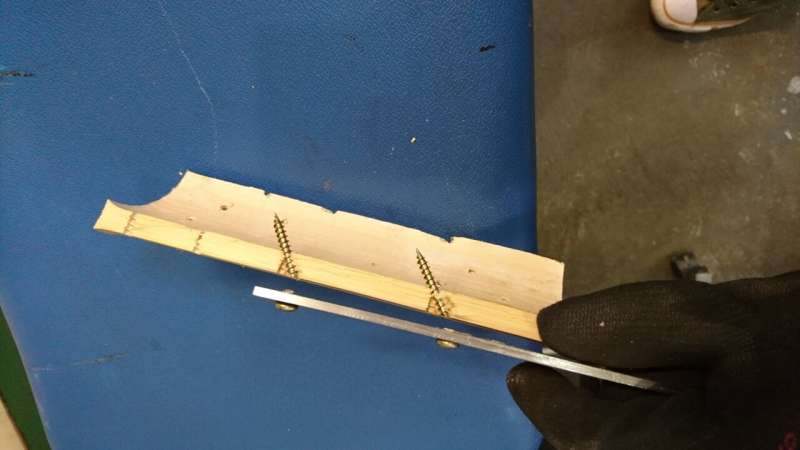This article has been reviewed according to Science X's editorial process and policies. Editors have highlighted the following attributes while ensuring the content's credibility:
fact-checked
trusted source
proofread
Study proposes prediction model that could make eco-friendly bamboo a mainstream construction material

Scientists at the University of Bristol have successfully used screws as connectors in bamboo without splitting the material.
The study
, recently published in the journal Construction and Building Materials, proposes a safe yet efficient prediction model for a simple connection method for bamboo, which is commonly used in
Once bamboo is standardized, it can be carefully implemented in construction. Bamboo has green qualities, absorbing carbon at greater rates than other woods.
Dominika Malkowska from Bristol's School of Civil, Aerospace and Design Engineering explained, "Bamboo can help to fight climate change by sequestering carbon from the atmosphere.
"Wood also does this but takes 30 years to mature for harvesting while bamboo only takes four-to-five years, so we can sequester carbon at a much faster rate if we use bamboo rather than timber."
There are currently plantation trials in the south of Europe with the aim to establish which species can be grown in that climate. If these trials are successful, bamboo may be used as a construction material for houses in the U.K. in the future.
Companies are already building bamboo houses in other parts of the world such as the Philippines where this research has a potential to be directly applied now.
Malkowska carried out more than 200 experimental tests, testing various combinations of the parameters relevant to the connection: screw material, count, spacing, diameter of screw, wall thickness of bamboo, steel plate thickness.
She explained, "The most interesting finding is that the screws are in fact good candidates for connectors in bamboo, as they do not cause splitting as it was widely thought, as long as the connection is well designed.
"It also has several benefits over the conventionally used bolted connection with cement mortar infill to the inside of the bamboo pole, such as potential reduction in carbon footprint, easy disassembly on site and superior stiffness and ductility, to name a few.
"Bamboo in general is susceptible to cracking due to its material characteristics, such as fibers running in one direction only, unlike in wood where fibers have the tendency to grow in a spiral around the tree trunk, so screws may not seem appropriate as there is no spiral fiber to stop the fracture from happening. But this study proved that this is not the case as long as the connection is well designed."
The method can be implemented straight away in simple low-loaded connections. It can also be further developed to increase the number of screws as only a limited count of screws was tested resulting in low capacity, to validate it for higher loaded scenarios.
Now Malkowska plans to investigate a higher number of screws per connection to match it to the typical capacity of the conventional bolted connection, and to investigate the behavior in an actual structure such as in shear walls.
Malkowska concluded, "Bamboo connections do not need to be complex. Knowledge of timber has its use in bamboo."
More information: Dominika Malkowska et al, Study of screwed bamboo connection loaded parallel to fibre, Construction and Building Materials (2023). DOI: 10.1016/j.conbuildmat.2023.132532















